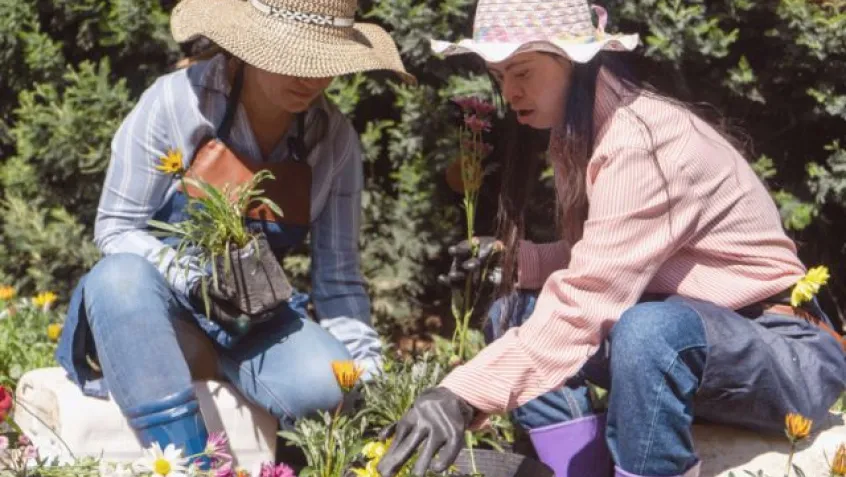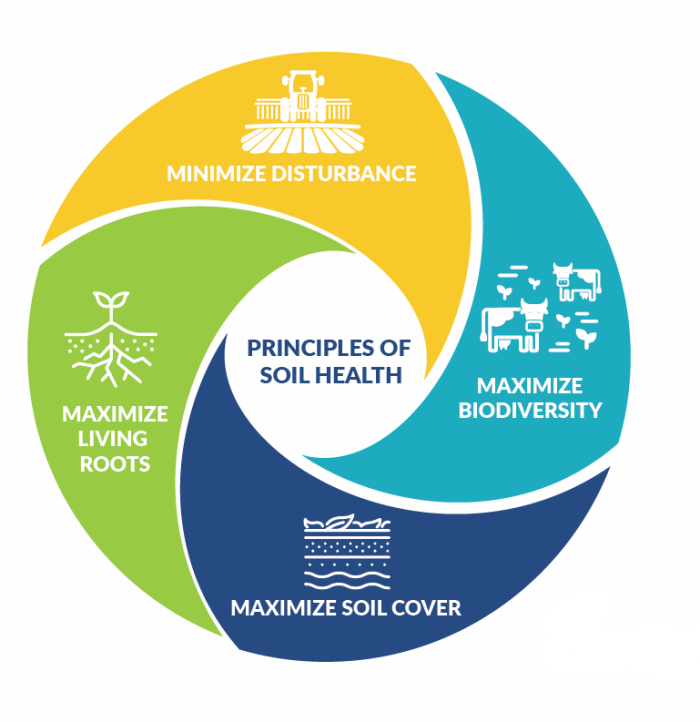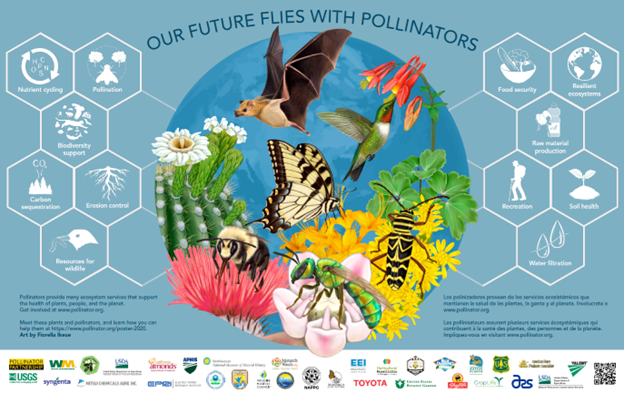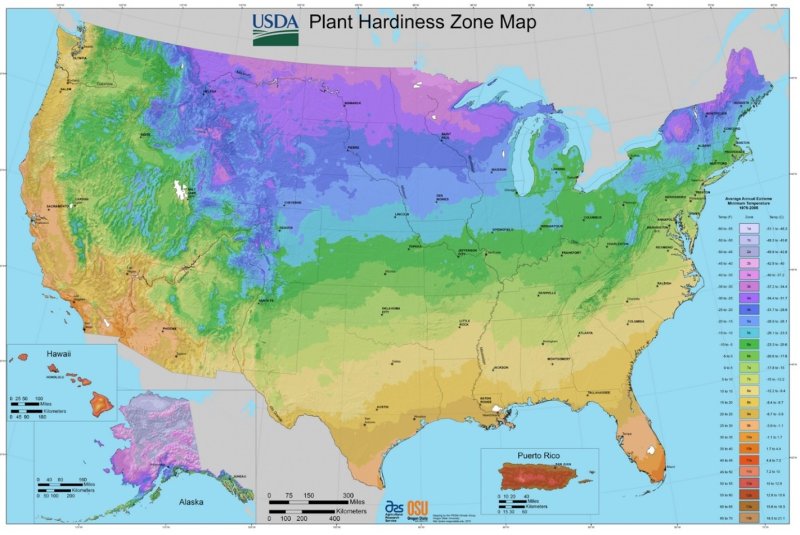
Spring is in the air! There’s nothing better than seeing those first grasses growing and flowers blooming after a long, cold winter. Whether you’re new to the gardening game or your thumb has long been green, you’re invited to be part of this bountiful season by celebrating Earth Month all April long. This holiday dates back to spring 1970, when millions of Americans across the country demonstrated in support of the creation of the US Environmental Protection Agency (EPA) to keep our air, water, and soil clean and safe.
A Better Garden Starts with Healthy Soil

Soil is the first step to a successful garden. Healthy soil is alive and includes the right pH, soil structure, and organic matter to support beneficial soil microbes that help plants thrive. Practices like planting a cover crop over your garden beds through the winter and mulching rather than tilling the land can protect against weeds while boosting the nutrients in your soil.
You can also reduce the food waste you send to the landfill while improving your garden’s soil by composting. Get started by setting up a compost bin to turn lawn trimmings and fruit and vegetable scraps into “black gold” for your garden. Compost also helps reduce water runoff and soil erosion.
Create a water-wise landscape in your garden by choosing the right types of plants, installing efficient irrigation systems, and mulching. Water conservation is important as communities continue to grapple with years-long droughts and climate change.
Why Native Plants Are Great in the Garden
When planning your garden, choose plant species that are native to the ecoregion around your home. “Native plants” consist of trees, shrubs, flowers, and grasses that have evolved for hundreds or thousands of years under local growing conditions and have adapted to flourish with the amount of light, water, and nutrients typically available in your area.
Native plants provide ecosystem benefits such as soil stabilization with their root systems, water filtration in marshy and damp environments, and air quality improvement by reducing windswept sediment. In areas where water is scarce, they can mitigate the impacts of drought by helping water infiltrate the soil, trapping moisture in the ground, and reducing erosion.
These native species don’t just benefit the environment on a larger scale—individual gardeners benefit, too. Compared to non-native species, native plants are less susceptible to disease, and once established, need less watering and fertilizer than their counterparts, saving you time and money.
Another Earth Month gardening tip: seedlings often come in plastic pots and trays. After you have finished planting, share them with other gardeners or save them to reuse if you plan to start seeds for next year.
Protect Local Pollinators This Earth Month

Lower-maintenance blooms and greenery aren't the only benefits native plants bring to your yard. This flora is vital for native animals, providing food, breeding ground, and shelter for wildlife in your area.
Many species of animals, including some pollinators, are host-dependent, meaning they require a specific species of plant to survive. By picking host plants that are native to your area, you can help support important populations of birds, butterflies, bees, and other pollinators, and enjoy watching these animals all season long. Limiting the use of pesticides and building bat boxes are also good for pollinators.
Another way to help pollinators this spring is by mowing your lawn less. This time of year is critical for hungry bees because flowers are harder to find. Consider participating in “No Mow April,” No Mow May,” or “Low Mow Spring” to give pollinator-supporting plants more time to grow—and more time for local pollinators to do their thing.
Resources for Earth Month Gardening

Planting a garden is a great way to celebrate Earth Month: you can improve your backyard’s biodiversity and enjoy a home-grown harvest.
Ready to get growing? Check out the resources below to learn more about how to select native plants and get ideas for starting your own spring garden. If you aren’t having much luck, check in with your local agricultural extension office for a soil test and advice from local experts.
- BeeSmart Pollinator Gardener App: Get help selecting native plants that will appeal to specific pollinators.
- EPA Composting at Home: A guide from the EPA on how to create your own rich fertilizer from household scraps.
- EPA’s What to Plant Guide: A collection of resources to help select native plants for your region.
- LandPKS App: Learn about your local soil and climate. Includes tools to help you monitor soil health over time.
- University of Illinois Extension Successful Container Gardens: No yard? No problem! You can grow beautiful, beneficial plants in containers on a porch or balcony.
- USDA Plant Hardiness Zone Map: Use your zip code to determine which plants are most likely to thrive at locations across the United States.


